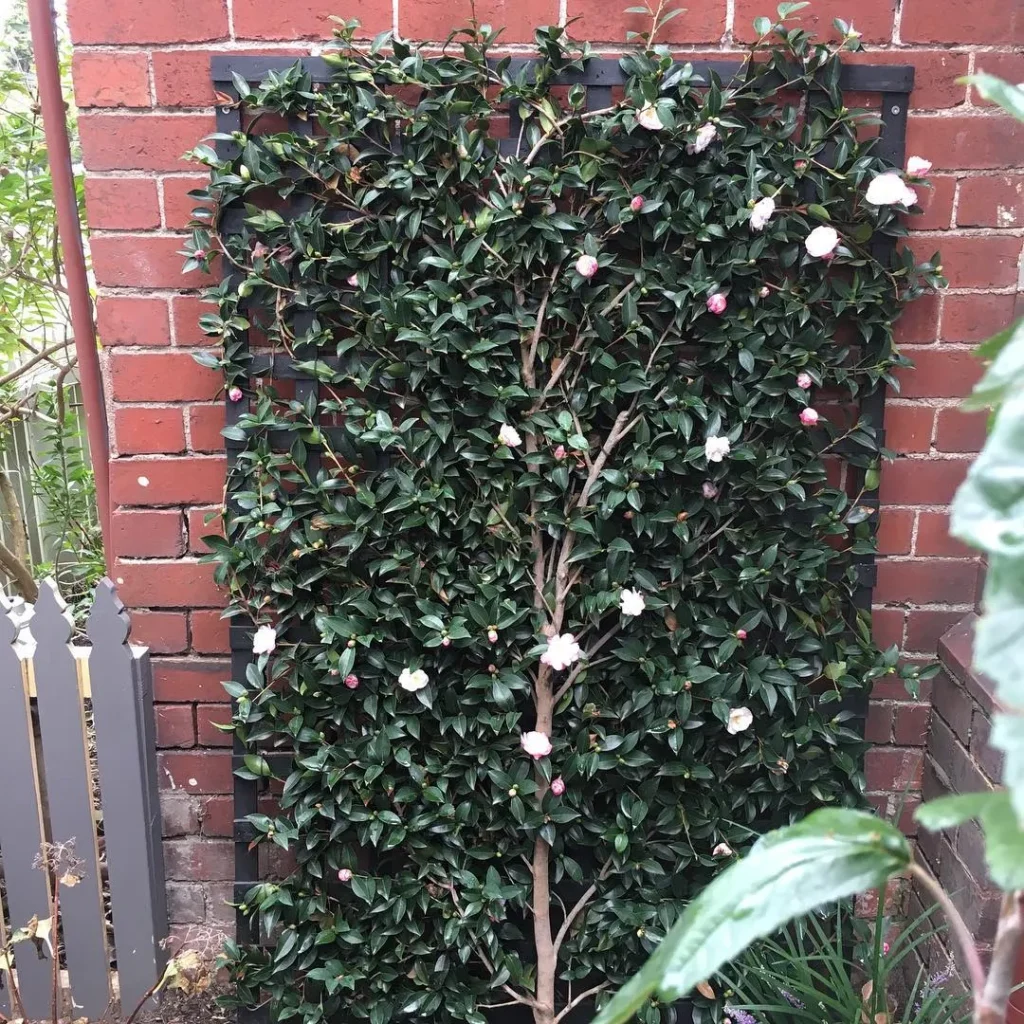
Do Hesperaloe parviflora produce pollen or nectar for honey bees?
Hesperaloe parviflora, also known as red yucca, is great for attracting honey bees because it produces both pollen and nectar. I’ve noticed that the bees are particularly attracted to the long-lasting red or pink tubular flowers. It’s wonderful to see so many bees buzzing around, doing their part for pollination while adding a lively, buzzing soundtrack to my garden.
Is Hesperaloe parviflora toxic to dogs?
I’ve researched Hesperaloe parviflora, and as far as I know, it’s not toxic to dogs. However, I’m always cautious about what plants I have around my pets. Even non-toxic plants can sometimes cause stomach upset if ingested in large quantities. So, while it’s generally safe, I still keep an eye on my dogs to make sure they don’t chew on the leaves or flowers too much.
How to grow Hesperaloe parviflora?
Here’s a guide on how to grow Hesperaloe parviflora:
Sunlight:
- Thrives in Full Sun: Hesperaloe parviflora thrives in a location with full sun exposure. This provides the optimal amount of light for healthy growth and flower production. It can tolerate some light shade, but flowering may be less prolific.
Soil:
- Excellent Drainage is Key: Well-drained soil is crucial for Hesperaloe parviflora. Poor drainage can lead to root rot.
- Adaptable to Soil Types: It can tolerate a range of soil types, including sandy, loamy, and even rocky soils, as long as drainage is adequate.
- Amending Soil: If your soil is heavy clay, amend it with sand, gravel, or perlite to improve drainage.
Planting:
- Spring or Fall is Ideal: The best time to plant your Hesperaloe parviflora is in spring or fall. This allows the plant to establish its root system before facing extreme temperatures.
- Planting Steps:
- Choose a location with full sun and well-drained soil.
- Dig a hole 2-3 times wider than the root ball of your Hesperaloe parviflora and just as deep.
- Carefully remove the plant from its pot (if container-grown) and gently loosen any pot-bound roots.
- Place the Hesperaloe parviflora in the hole, ensuring the root crown (the area where the stem meets the roots) sits at or slightly above the surrounding soil level.
- Backfill the hole with the amended soil mix, tamping it down gently to remove air pockets.
- Water thoroughly to settle the soil around the roots.
Watering:
- Drought Tolerant Once Established: Established Hesperaloe parviflora plants are highly drought tolerant. They store water in their thick, fleshy leaves and can survive on minimal rainfall in most climates.
- Water Regularly During Establishment: Water regularly, especially during the first growing season, to keep the soil consistently moist but not soggy. This helps the plant establish its root system.
- Signs of Thirst: While underwatering is generally tolerated, prolonged periods without water can lead to wilting leaves. However, the plant will usually recover with a good watering.
Fertilizing:
- Minimal Feeding Required: Hesperaloe parviflora is not a heavy feeder. A light application of a balanced fertilizer in early spring is sufficient. Over-fertilizing can damage the plant.
Winter Care:
- Cold Hardy: Hesperaloe parviflora is generally cold hardy to USDA zones 5-11. It can tolerate freezing temperatures without any special protection.
- Young Plants: If you live in a colder climate (zone 5-6) and have a young plant, you can provide some winter protection by mulching around the base of the plant with a light layer (2-3 inches) of organic material like shredded leaves or pine needles.
Additional Tips:
- Low-Maintenance: Hesperaloe parviflora is a low-maintenance plant once established. It’s a great choice for beginner gardeners or those who prefer plants that don’t require constant attention.
- Slow Growing: Keep in mind that Hesperaloe parviflora is a slow-growing plant. Be patient and enjoy its architectural form and vibrant red flowers as it matures in your garden.
- Deer and Pest Resistant: Hesperaloe parviflora is generally resistant to deer and pests, making it a good choice for areas with these problems.
How to grow Hesperaloe parviflora from seed?
Starting Hesperaloe parviflora from seed takes a bit of patience, but it’s definitely doable. I collected seeds from the dried pods after the flowers faded, then planted them in a sandy soil mix. Germination can be slow, sometimes taking several weeks. I kept the soil lightly moist and placed the seedlings in a warm, sunny spot. Seeing those first sprouts pop up was really satisfying after the wait.
How to remove a Hesperaloe parviflora?
Removing a Hesperaloe parviflora can be quite the task due to its deep and extensive root system. When I had to remove one, I started by cutting back the foliage to make the process more manageable. Digging around the base, I made sure to get as much of the root system as possible. It took some effort and a lot of digging, but persistence paid off. A good pair of gardening gloves and a sturdy shovel were essential tools for the job.




